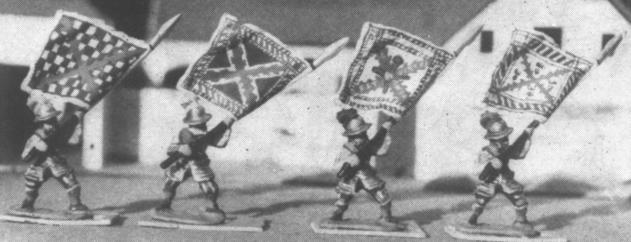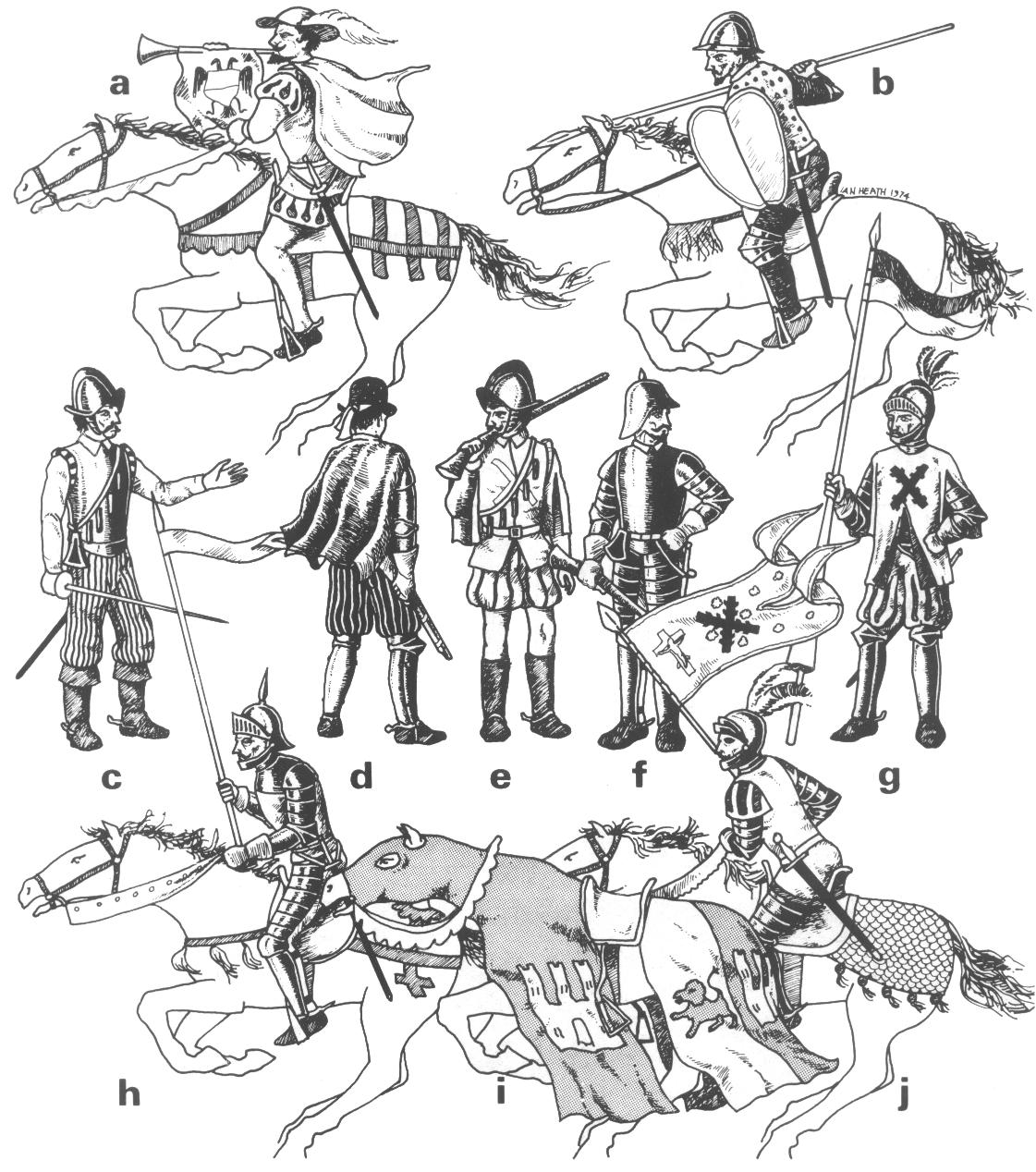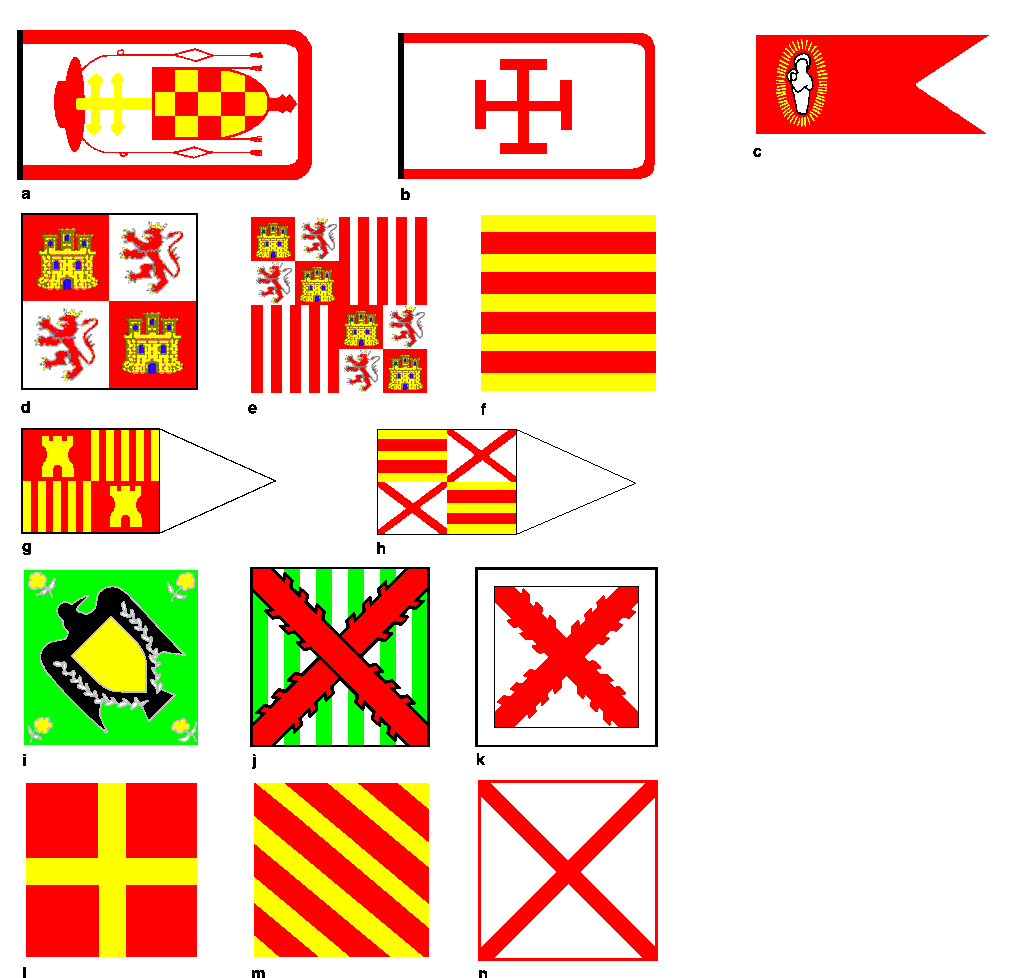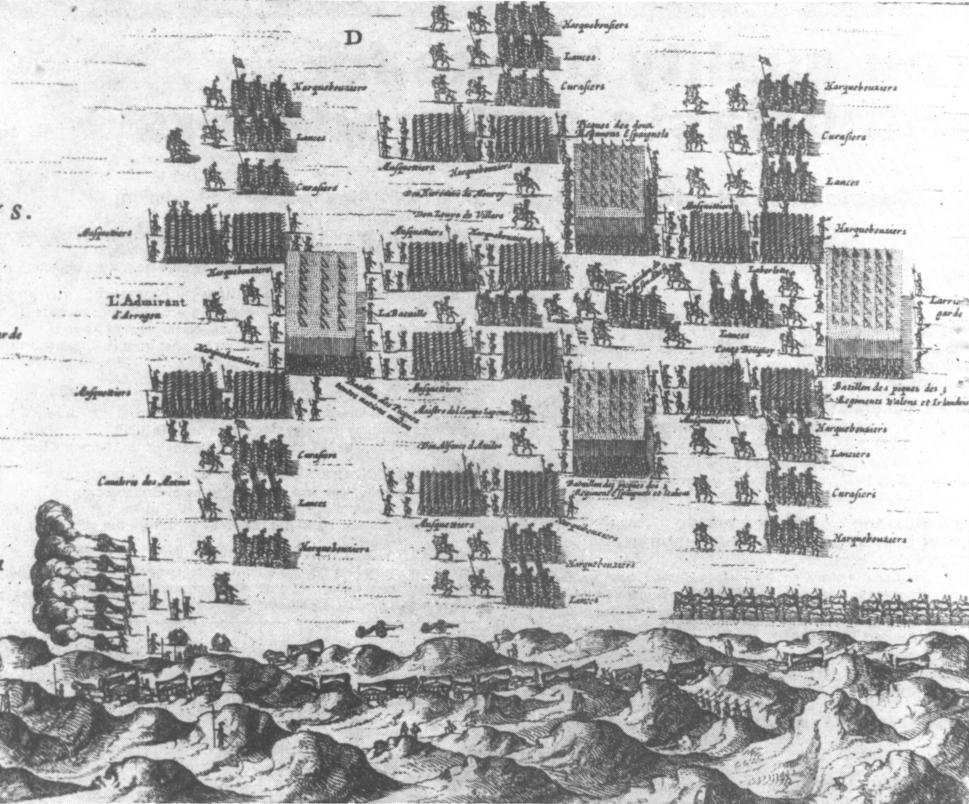|
|
Previous: Part 14: Spanish infantry by George Gush
Next: Part 16 - The French by George Gush
Return to Contents of Renaissance Warfare by George Gush (Airfix Magazine Articles)
See also:
Spanish & Moorish Soldiers in Conquest of Oran, 1509, painted by Juan de Borgoņa, 1514
The 1535 Hapsburg Attack on La Goleta from the 1744 copies of the 'Conquest of Tunis' Tapestries.
Spanish Soldiers in Códice De Trajes, 1547
Other Spanish & North African Illustrations of Costume and Soldiers
|
|






